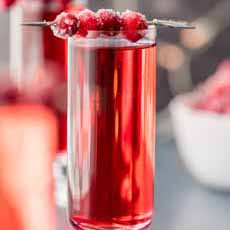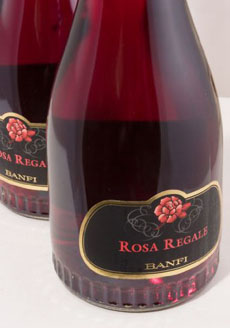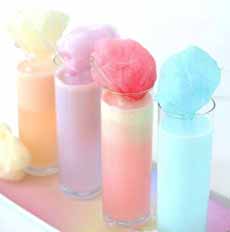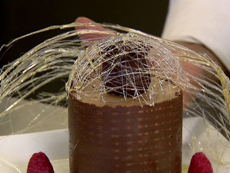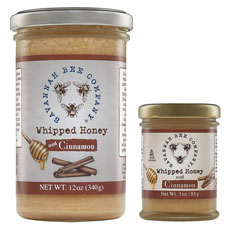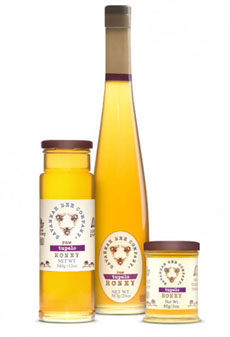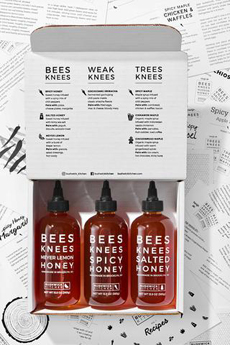|
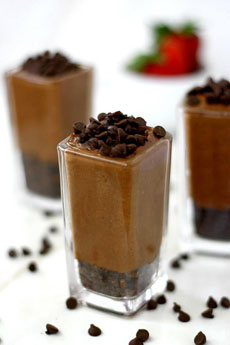
[1] All chocolate pudding parfait (photo © Elegant Affairs Caterers.)
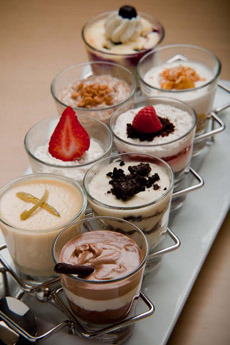
[2] Mixed flavors and garnishes (photo © Yotel |NYC).
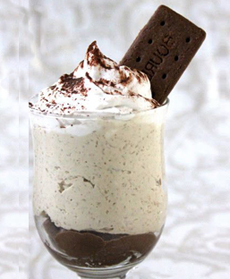
[3] Tiramisu pudding parfait (photo courtesy The Vegan Cookie Fairy).
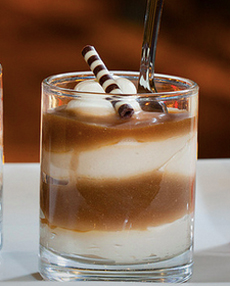
[ ] [4] Butterscotch and vanilla pudding parfait (photo courtesy Gather By D’Amico).
|
|
It’s the annual crazy-busy holiday season. In the midst of gift shopping, holiday cooking and sending cards (or e-letters or whatever), there’s a stream of adult friends and kids’ friends dropping by, planned get-togethers and other celebrations. When you don’t have time to bake a cake (and don’t want to pay $$$ for them), the solution is pudding parfaits.
Instant pudding, cookie crumbs and a garnish make a pudding parfait with little work, but everyone will be delighted. In our home, there are always boxes of Jell-O pudding (regular and sugarless), cookies and some type of chocolate or candy.
With just 15 minutes advance notice—or while the coffee brews—you can make a pudding parfait.
Combinations:
All Chocolate Pudding Parfait: brownie base, chocolate dark chocolate pudding layer, milk chocolate pudding layer, garnished with whipped cream and any chocolate you like.
Banana Pudding Parfait: vanilla wafer crumbs, banana pudding, topped with a banana slice (you can caramelize the slices in advance and they won’t “brown”.
Butterscotch or Caramel Pudding Parfait: cake crumbs, butterscotch pudding, garnished with toffee chps
Cannoli Cream/Mascarpone Pudding Parfait: biscotti crumbs (substitute yellow or white cake), pudding or sweetened mascarpone, topped with cocoa drink powder, shaved chocolate, chocolate chips
Coffee/Tiramisu Pudding Parfait: coffee liqueur-soaked lady finger crumbs, coffee pudding, chocolate garnish
Lemon Pudding Parfait: butter cookies/shortbread, lemon pudding, lemon zest, tangerine garnish
Milk Chocolate/White Chocolate Pudding Parfait: topped with mini chocolate chips
Pistachio-Chocolate Pudding Parfait: cookie crumbs, pistachio pudding, chocolate pudding, pistachio nut garnish
Red Velvet/Chocolate Pudding Parfait: chocolate cookie crumbs, red velvet pudding, chocolate pudding, strawberry/raspberry garnish
Vanilla Pudding Parfait: chocolate cake crumbs, vanilla pudding, topped with drinking chocolate
NO COOKIES?
Substitute:
Bread crumbs, slightly sweetened or spice
Cake, brownies or muffins, diced
Dessert sauce: caramel, chocolate, strawberry, etc.
Fruit, diced
Preserves, marmalade, sweet chutney
FOR ADULTS: LIQUEUR
Add a hint of liqueur to:
Crumbs or other bottom layer
In-between layers
On top, as a garnish
GARNISHES
See what you have on hand:
Berry, fruit slice, orange/mandarin segment
Brandied or maraschino cherry
Brownie cube
Candies (allsorts licorice? candy corn? gummies? M&Ms/Nerds/Skittles, toffee bits?)
Chocolate chips (or other flavor)
Chocolate square, shaved or curled chocolate, cacao nibs
Citrus peel or grated zest
Coconut, grated
Mini biscotti, cookies, meringues
Mini marshmallows or a regular toasted marshmallow
Nuts
Plain Greek yogurt or sour cream, slightly sweetened
Pocky sticks
Spices: clove, cinnamon, garam masala, nutmeg
Sprinkles or dragées
Sweet herbs: basil, chervil, lemon thyme, marjoram, mint, pink peppercorns, sage, sweet cicely, tarragon
Whipped cream, crème fraîche, mascarpone
|
WHAT’S IN THE PHOTOS?
[1] All Chocolate Parfait: chocolate cookie crumbs, chocolate pudding, chocolate mini chips.
[2] Assorted Flavors: chocolate layered, vanilla, vanilla/chocolate layered, variously topped with candied orange peel, chopped nuts, cookie crumbs, mini meringue, strawberry, raspberry.
[3] Tiramisu Parfait: chocolate cookie crumbs flavored with coffee liqueur, vanilla pudding flavored with coffee liqueur and instant coffee, topped with whipped cream and a chocolate wafer.
[4] Double Pudding Parfait: chocolate and vanilla pudding layers, topped with whipped cream and a chocolate “cigarette.”
|



